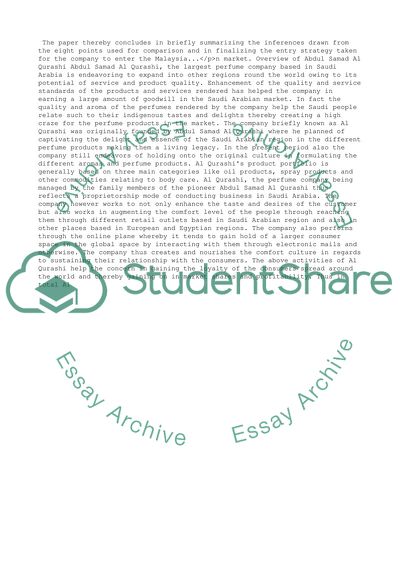Cite this document
(“International Business: proposed new branch for A Saudi perfumes Term Paper”, n.d.)
Retrieved from https://studentshare.org/business/1397098-international-business-proposed-new-branch-for-a
Retrieved from https://studentshare.org/business/1397098-international-business-proposed-new-branch-for-a
(International Business: Proposed New Branch for A Saudi Perfumes Term Paper)
https://studentshare.org/business/1397098-international-business-proposed-new-branch-for-a.
https://studentshare.org/business/1397098-international-business-proposed-new-branch-for-a.
“International Business: Proposed New Branch for A Saudi Perfumes Term Paper”, n.d. https://studentshare.org/business/1397098-international-business-proposed-new-branch-for-a.


